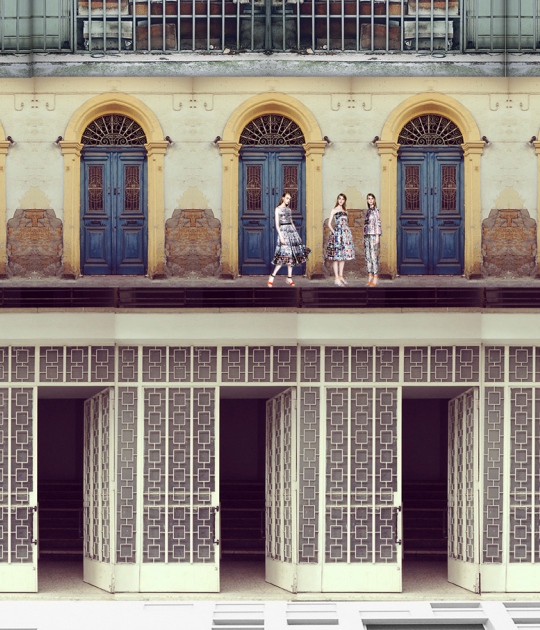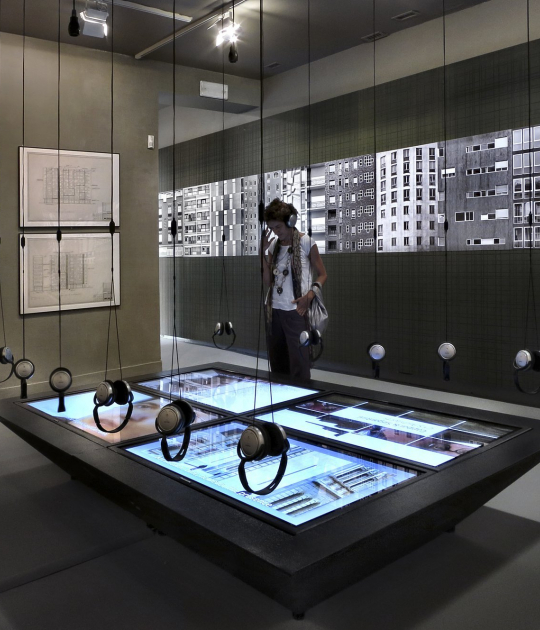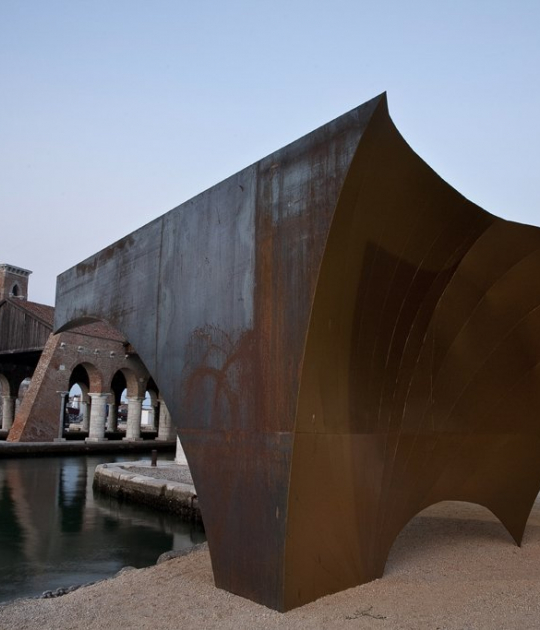Description of the project by ecoLogicStudio
In the Anthropocene age, no ecosystem is left unaffected by human action. The Urbansphere, the global apparatus of contemporary urbanity, sustains our cities' increasingly demanding metabolism, and wraps the Biosphere in a dense network of informational, material and energetic infrastructures.
bioTallinn proposes a radical revision of the contemporary Urbansphere that strides beyond accepted urban boundaries and across scales, from the microscopic to the continental.
Claudia Pasquero focuses her curatorial strategy on a prototypical project site: the peninsula of Paljassaare in Tallinn. In collaboration with ecoLogicStudio co-founder Marco Poletto, Claudia has conceived a computational design platform for the master planning of the area; this will be collectively developed with the invited teams. The aim is to mobilize novel forms of hybrid intelligence – part artificial and part biological – in search of a new and robust mode of reasoning, and therefore of designing.
"The convergence of biology and computation in architecture and urban design is considered by many to be one of the most promising future disciplinary developments. In this Biennale, I want it to embody a quest to expand the scope of our rational understanding of the impending global environmental crisis, and of the ability of architecture to unpack complex urban issues by reframing the problematic field and expanding space for solutions." asserts Claudia Pasquero.
At the core of the event will be a main curatorial exhibition entitled “Anthropocene Island” and an international symposium entitled “Polycephalum City”.
“Anthropocene Island” will be hosted at the Museum of Estonian Architecture and will showcase a future vision for the Paljassaare peninsula. While site-specific in nature, this collective project also examines the area as a prototypical case study of an Anthropocene landscape, the inevitable frontier of future urbanity.
The exhibition promotes a new urban morphogenesis, whereby Tallinn's existing urban wastewater infrastructure affects the biotic substratum of the peninsula. The resulting "contamination" evolves into an urban digestive apparatus. Pathogens in urban wastewater are captured and re-metabolised by biotechnologically designed ecosystems. Infrastructural networks thicken into filtering surfaces, which in turn fold into convoluted epidermis, populated by robotic farming devices and thousands of active microbial units. Each unit is fed by the city's wastewater and gives back natural gas, food and fertile soil. The future urbanisation of Paljassarre is the biotechnological re-metabolisation of Tallinn itself.
On 14 and 15 September, the two-day international symposium entitled “Polycephalum City” will take place. During the event, international speakers will discuss the role of biodigital architecture in the context of the current socio-ecological crisis, and will call for a critical reading of the so-called new Anthropocene age.
The Biennale Project will be published in a catalogue edited by renowned author Lucy Bullivant.



































